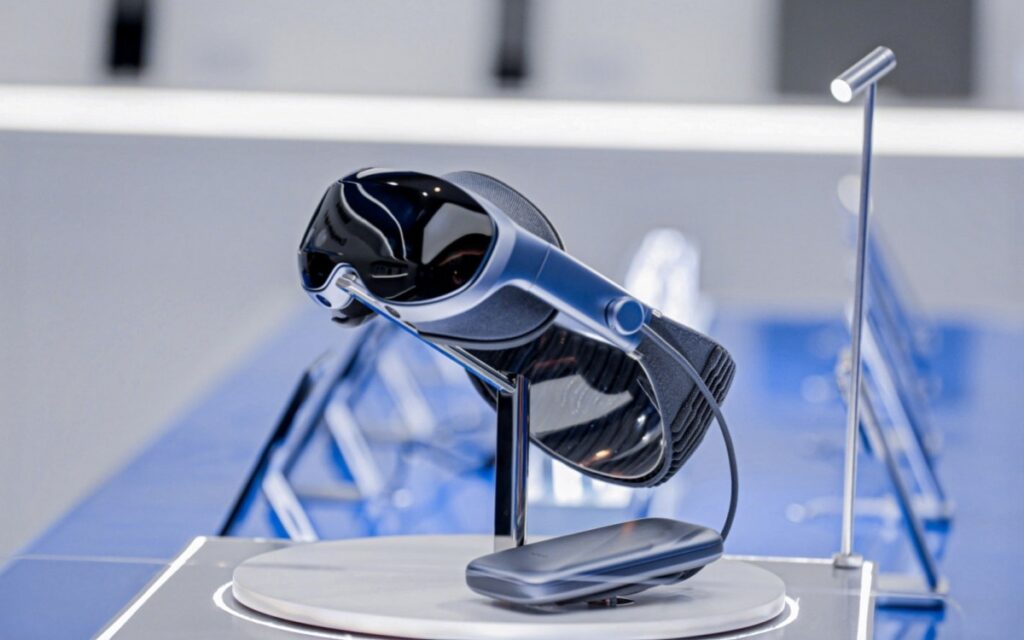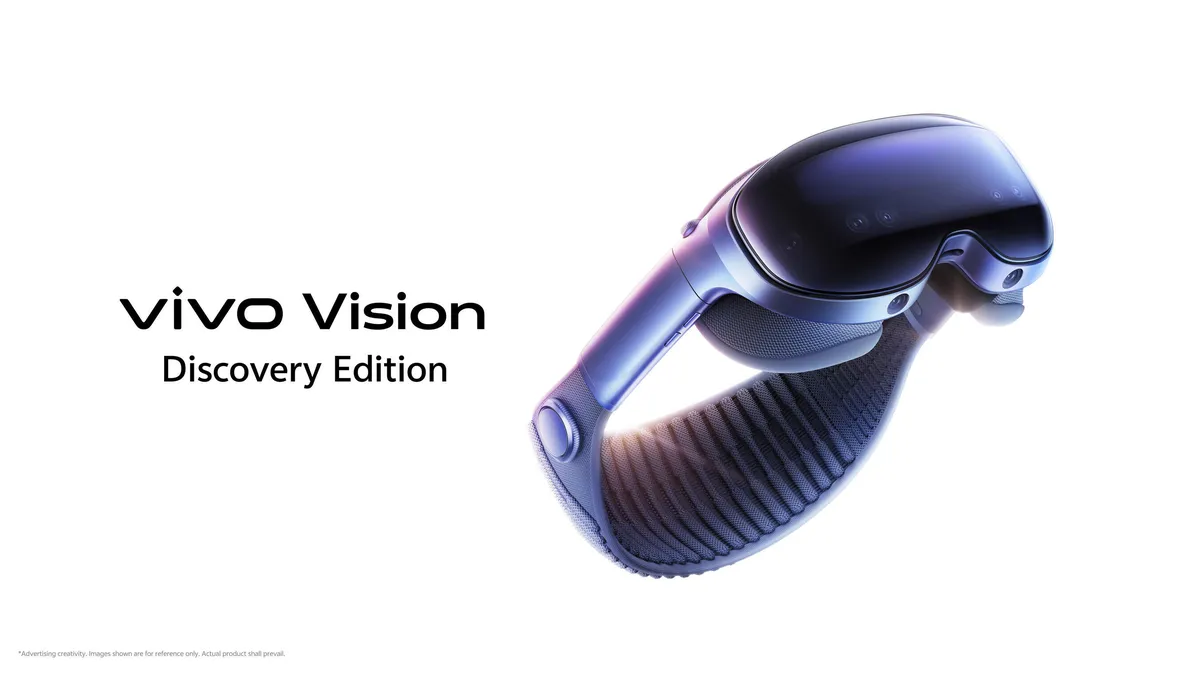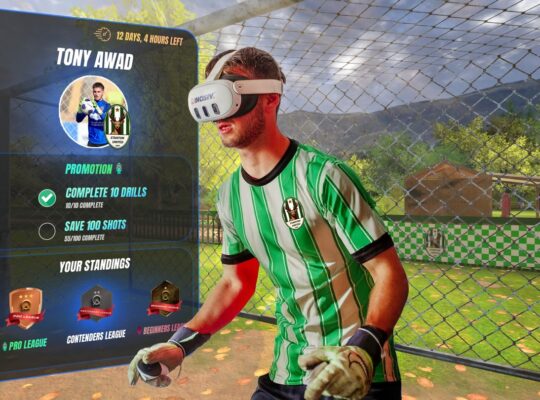Vivo is stepping boldly into the mixed reality space with its upcoming headset, Vivo Vision, which is now being demoed in select stores across China. The company has officially revealed key specifications, and while it’s still far from a consumer launch, the early details are raising eyebrows.
A Familiar Design – With a Twist
At first glance, Vivo Vision looks strikingly similar to Apple’s Vision Pro. From its gray fabric face cushion to the rear strap, external battery pack, and even the name “Vision,” it’s hard not to notice the resemblance. The only major design departure is in the side arms, which feature a metallic look instead of Apple’s signature white plastic.
Lighter, Smaller, and More Comfortable
Where Vivo Vision clearly sets itself apart is in weight. The headset tips the scales at just 398 grams, making it around 40% lighter than Apple Vision Pro and 23% lighter than Meta Quest 3. It’s also more compact, with a shorter and sleeker profile.
Comfort seems to be a major focus. Vivo will offer four light seal sizes and eight foam padding options to fit a wide range of users, something that could give it an edge in long-term wearability.
Specs That Impress
Vivo Vision runs on OriginOS Vision, a customized fork of Android, and is powered by Qualcomm’s Snapdragon XR2+ Gen 2 chipset. This is the same processor used in Samsung’s upcoming XR headset and Sony’s enterprise headset.
For visuals, it packs dual 3840×3552 micro-OLED displays with 94% DCI-P3 color coverage. That’s slightly better than Apple Vision Pro’s 92% and just shy of Sony’s SRH-S1 headset at 96%.
Like Apple’s device, Vivo Vision is primarily controlled using eye-tracking and hand-tracking with the familiar gaze-and-pinch input method, but it also appears to support traditional VR controllers for gaming.
As with Vision Pro, Vivo’s headset will rely on a tethered battery pack, rather than being fully standalone.
Pricing & Availability
For now, Vivo Vision isn’t something you can buy. It’s officially called the “Vivo Vision Discovery Edition” and is only available as a bookable demo in 12 Vivo stores across China. Preorders haven’t opened, and no shipping date has been announced.
That said, Vivo executives have hinted that the retail price could land around ¥10,000 (roughly $1,400)—about one-third the cost of Apple Vision Pro in China. If that holds true, it could be a major selling point. Industry watchers expect a full launch around 2026.

The Competition Heats Up
Of course, Apple isn’t sitting still. Reports suggest the company plans to release an updated Vision Pro with a stronger chip and improved comfort later this year. References to an M5-powered Vision Pro have even been spotted in Apple’s own software code.
This could mean that by the time Vivo Vision actually hits shelves, Apple’s headset will already be on its second or third generation, potentially leaving Vivo with a power gap—since the Snapdragon XR2+ Gen 2 is still less powerful than Apple’s current M2 chip.
Final Thoughts
Vivo Vision looks like a strong challenger in the premium XR space. Its lightweight design, sharp displays, and lower expected price point could make it a very attractive option when it eventually launches. But with Apple’s rapid pace of iteration, Vivo will need to move fast if it wants to carve out a share of the market.












